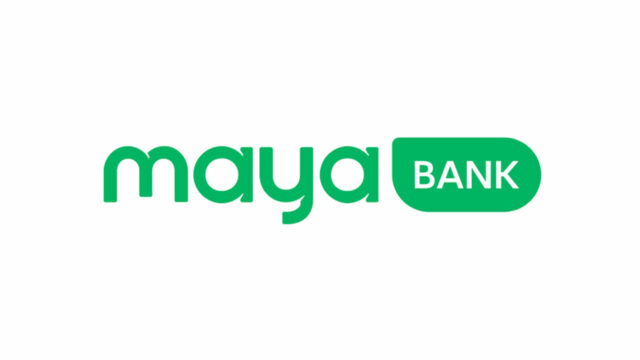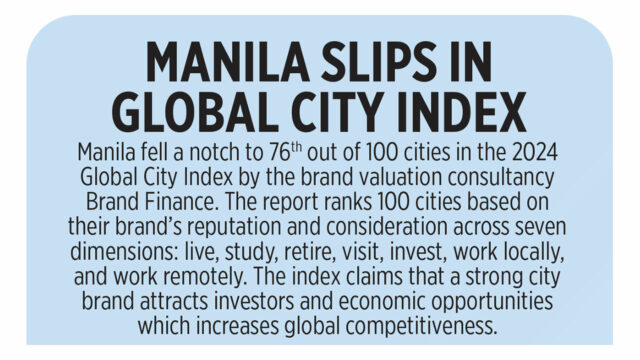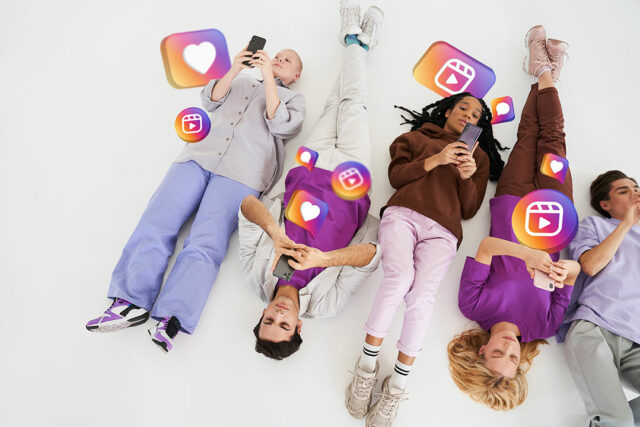LOS ANGELES — The J. Paul Getty Museum’s priceless collection of artwork, which includes paintings by Van Gogh, Rembrandt, Monet, and Degas, once again found itself in the path of destruction as the Palisades fire spread.
As fire officials issued evacuation orders for the Brentwood neighborhood on Friday night, the museum’s collection remained safely inside the Getty Center’s fortress of travertine stone, fire-protected steel, and reinforced concrete.
“It would be extremely foolish to try and remove artwork,” said Katherine E. Fleming, president and chief executive of the J. Paul Getty Trust, noting how quickly fires spread, with little notice.
“It’s complicated enough moving really, really valuable artworks around under the best of circumstances. The last thing we would try to do is move them out en masse, on the eve of an event of this sort.”
The Palisades fire has burned over 23,000 acres (93 square km) from the sea to the mountains, damaged or destroyed some 5,000 structures since it began a week ago and was just 17% contained as of Tuesday morning.
The center, which opened in 1997, was designed to withstand wildfires. Everything from the construction materials to the landscaping was built with fire safety in mind.
It safely withstood one test, in October 2019, when a brush fire started along Interstate 405 near the Getty Center’s access road, and burned 745 acres (three square kilometers), earning the name the Getty Fire.
The 12-building Getty Center complex sits high above the access road, at a safe distance from the Santa Monica Mountains’ flammable chaparral. The art galleries are located about 200 meters away from the arrival plaza, with its expansive barrier of travertine marble imported from Italy.
“This was chosen for the construction of the site, not simply because it’s beautiful and Italian, but also because it is highly fire-resistant as a construction material,” said Ms. Fleming.
As soon as fire officials issue a “red flag” warning, signaling conditions of low humidity and high winds that are ripe for a dangerous conflagration, Ms. Fleming said the Getty Center grounds crew begins irrigating its grounds, so the soil is wet and provides a buffer against a fire.
A million-gallon (3.8-million liter) water storage tank on the site supplies the sprinkler system and provides a resource for emergency fire suppression.
The Getty’s “minimalist” landscape design, with sparse vegetation, reflects concern about wildfires.
“A lot of the plants that we have in immediate proximity to the buildings are either things that will burn out super swiftly,” said Ms. Fleming, “Or are plants that retain a lot of water themselves, like Acacias, which hold water and actually can help you fight the fire if you have them close to your buildings.”
STEEL, STONE, AND TAPE
The walls are built of reinforced concrete or fire-protected steel, and the buildings are designed with automatic fire doors designed to seal off an area and prevent a fire from spreading, according to an article published after the Getty Fire in 2019.
Roofs are covered with stone aggregate, which is fire-resistant.
“We have taken such care to make sure that the galleries themselves are actually pretty much the safest place for a work of art to be in the middle of a fire,” said Ms. Fleming.
The museum’s collection includes more than 400 European paintings produced before 1900, and reflects Getty’s affinity for Italian Renaissance and 17th-century Dutch and Flemish paintings, according to its website.
The collection was expanded, after J. Paul Getty’s death in 1976, to include examples of early Italian and Dutch works, French impressionists, and the examples of the Spanish and German schools. It also has one of the largest photo collections in the world.
Among its best-known works are Vincent van Gogh’s Irises, Rembrandt’s An Old Man in Military Costume, and Claude Monet’s Wheatstacks, Snow Effect, Morning.
On a tour of the Getty Center grounds, Ms. Fleming pointed to the orange tape sealing all of the doors — to prevent even the tiniest ember from entering the museum.
The center’s carbon-filtered air conditioning system is designed to increase pressure inside the building, to keep out smoke and ash. Dampers, or tiny valves on the air conditioning system, are closed to recirculate air and keep out outside particles, Ms. Fleming said.
Fire extinguishers stand ready inside the museum’s entrance hall, to be used to quickly snuff out a fire detected on the grounds.
The Getty is so safety-obsessed, Ms. Fleming said that the staff knew exactly how to respond as the Pacific Palisades fire threatened the Getty Villa, a re-creation of a Roman villa on the Malibu coast. The sister museum was not damaged in the blaze.
“Within fewer than 10 minutes of the fire breaking out, we had changed the air handling system so that no smoke would get into the galleries,” said Ms. Fleming.
“We had shut off the dampers. We started sealing off the galleries over there, and very rapidly determined what the core group of staff was that was going to remain on site overnight.” — Reuters














